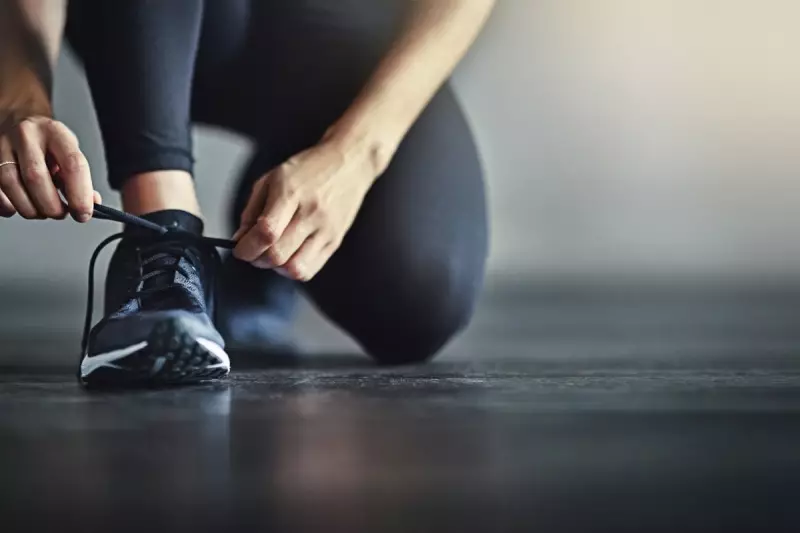
For millions of women who hit the pavements and trails, the perfect running shoe represents comfort, performance and injury prevention. Yet a startling revelation is emerging from the world of sports footwear: the testing process for these crucial pieces of equipment remains overwhelmingly biased towards men.
The Unseen Inequality in Sports Technology
While women's participation in running continues to soar, the development and testing protocols for their footwear haven't kept pace. Major manufacturers still primarily use male athletes in their research and product testing phases, creating a significant gap between what women need and what the market provides.
Why One Size Doesn't Fit All
The differences between male and female runners extend far beyond simple size scaling. Women typically have:
- Narrower heels relative to forefoot width
- Different weight distribution and running biomechanics
- Variations in muscle mass and bone structure
- Distinct pressure points during the gait cycle
When shoes are designed around male foot shapes and running patterns, female athletes face consequences ranging from blisters and black toenails to more serious alignment issues and stress fractures.
The Real-World Impact on Female Runners
Thousands of women report adapting to ill-fitting shoes rather than finding footwear that properly accommodates their anatomy. Many resort to buying men's models or settling for shoes that are 'close enough' rather than optimal for their needs.
A Movement Towards Change
Forward-thinking brands and sports scientists are beginning to recognise this disparity. Some companies are now establishing women-specific testing panels and investing in research focused on female biomechanics. However, these initiatives remain the exception rather than the rule in an industry still playing catch-up with its diverse customer base.
What This Means for Your Next Run
The awareness of this testing gap empowers female runners to become more discerning consumers. Understanding that not all women's shoes are truly designed for women's bodies is the first step toward demanding better from manufacturers and finding footwear that supports rather than hinders performance.





